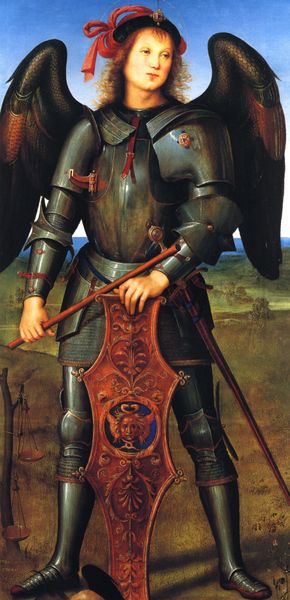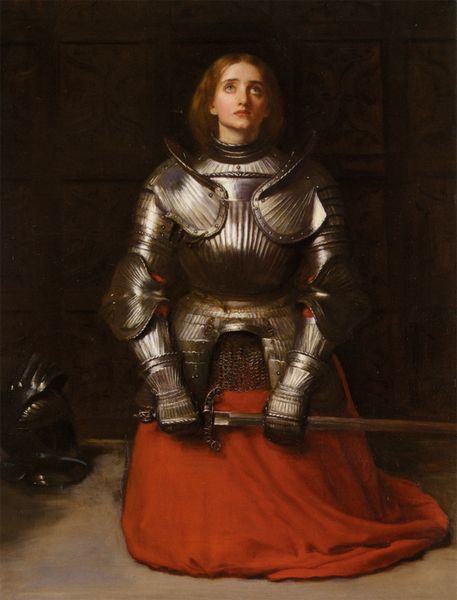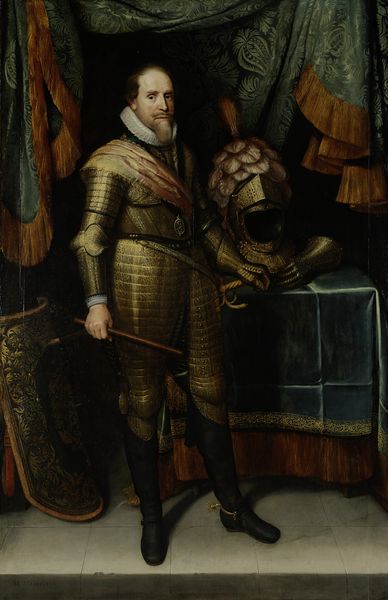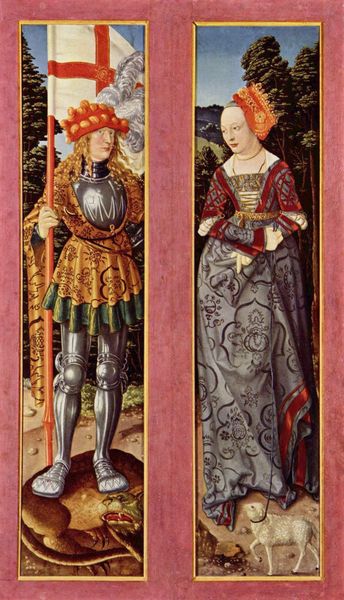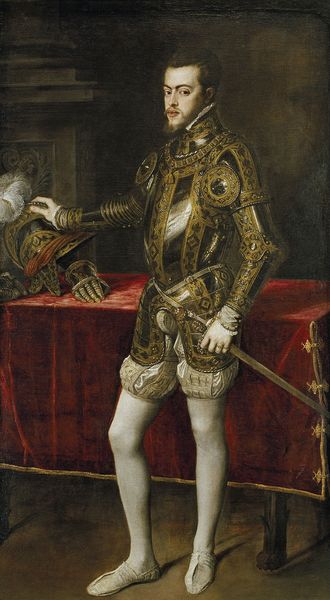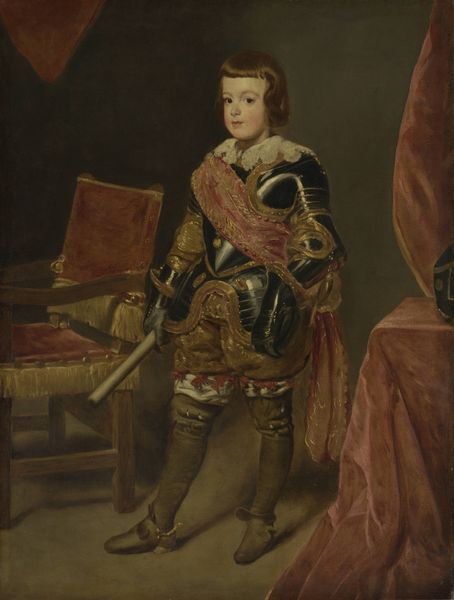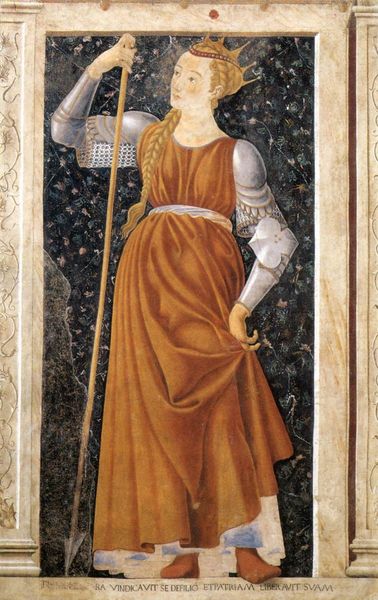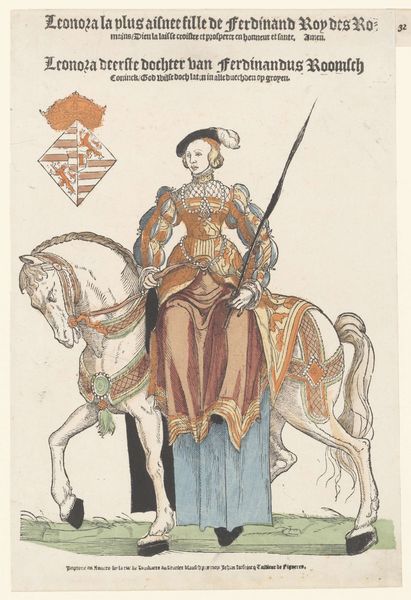
oil-paint
#
portrait
#
oil-paint
#
11_renaissance
#
oil painting
#
male-portraits
#
history-painting
#
northern-renaissance
#
portrait art
Dimensions: 61.5 x 42 cm
Copyright: Public domain
Curator: Standing before us is Lucas Cranach the Elder's "Portrait of Joachim II," painted around 1520. Editor: The immediate impression is of meticulously rendered metal! You can almost feel the weight of that armor. It's so detailed. Curator: It's a remarkable example of Northern Renaissance portraiture. Cranach was court painter to the Electors of Saxony, and his works often served political purposes. Joachim II was a significant figure, and this painting undoubtedly reinforces his authority. Editor: I'm curious about the materials. What kind of oil paints were available then? And look at the layering of those metallic pigments— how long would it have taken to achieve such realistic textures on linen or wood panel, and how was the support constructed? Curator: It certainly demanded immense skill. The details weren’t just for show either, the way Joachim II is represented here is intentional. The inclusion of his age, his symbols of rank – it all served to solidify his place in society. Editor: It is a powerful demonstration of class and profession rendered through material means. Cranach here makes steel into skin. He flattens hierarchy through detailed artistic craftwork. And to think of the number of workshop apprentices who likely had a hand in this piece! It makes the traditional notion of individual genius a rather complicated one. Curator: Of course! Workshop participation and the social hierarchies within the artistic world influenced production during this time. Considering the period when the reformation was taking place, there are social and religious tensions interwoven with the power dynamic of Joachim II. This piece reflects not just personal identity, but also political and religious shifts in 16th-century Germany. Editor: Absolutely. It highlights how materials and processes aren't just about aesthetics; they're about power, labor, and consumption too. Looking at this armour's production value opens up discussions about social status far beyond Joachim's mere ownership of land. Curator: This certainly highlights how art is interwoven with politics and power! Editor: And through the material's careful execution, social meaning is extracted, refined, and delivered to its Renaissance audiences. A testament to that society’s complex relationship between individual expression and industrial means.
Comments
No comments
Be the first to comment and join the conversation on the ultimate creative platform.
